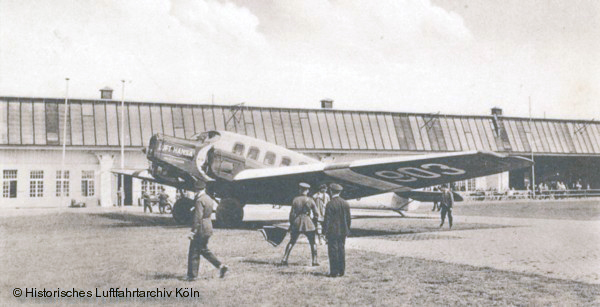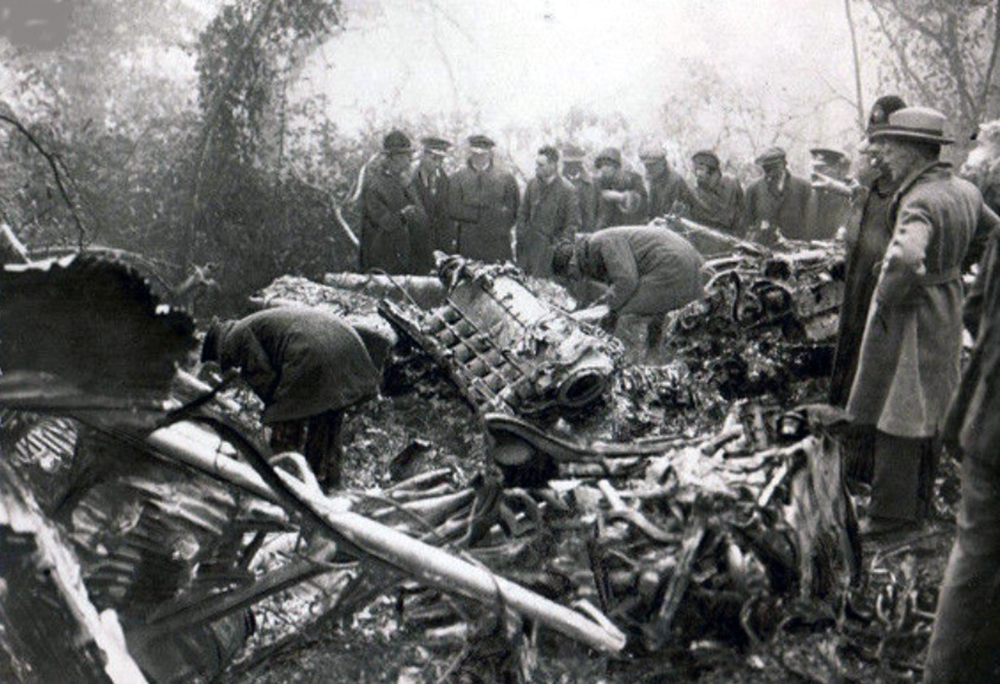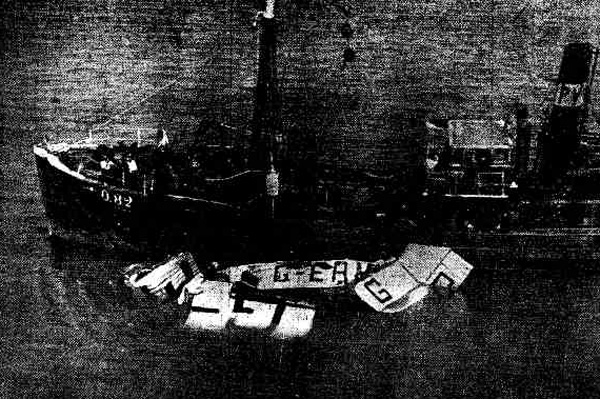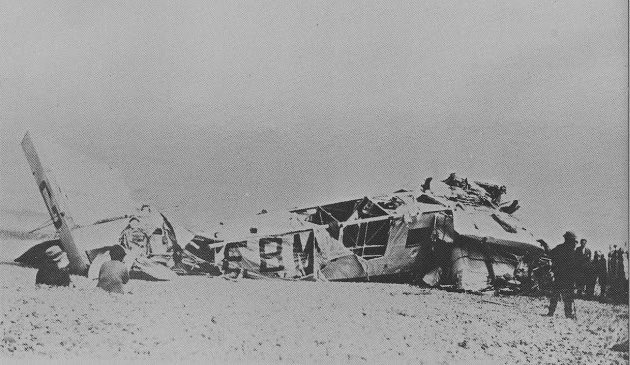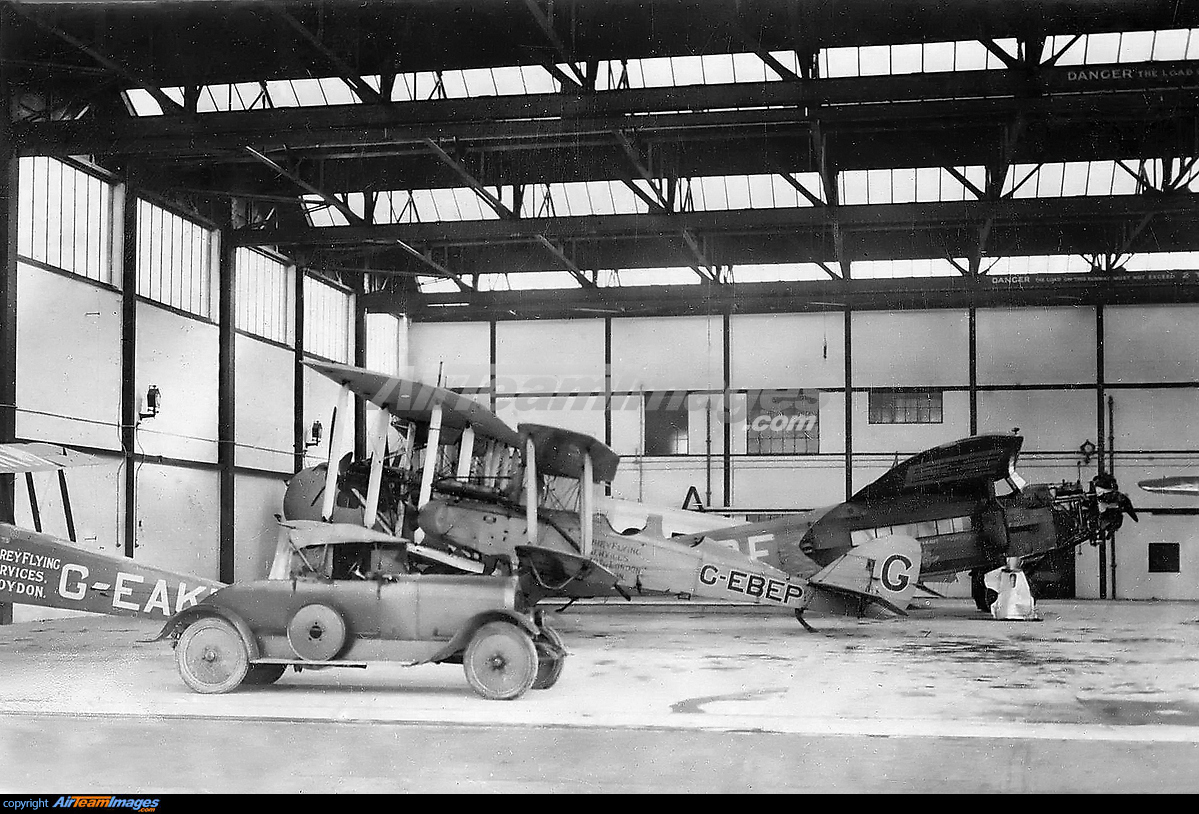Crash of a Junkers G.24bi in Godstone: 7 killed
Date & Time:
Nov 6, 1929 at 1010 LT
Registration:
D-903
Survivors:
Yes
Schedule:
Croydon – Amsterdam – Berlin
MSN:
911
YOM:
1925
Crew on board:
3
Crew fatalities:
Pax on board:
6
Pax fatalities:
Other fatalities:
Total fatalities:
7
Circumstances:
Few minutes after takeoff from Croydon Airport, bound for Berlin with an intermediate stop in Amsterdam, the crew encountered foggy conditions. The captain decided to return to Croydon and reduced his altitude to maintain a visual contact with the ground. While flying in the vicinity of Godstone, the aircraft hit tree tops and crashed in a wooded area, bursting into flames. Three occupants were seriously injured while six other occupants were killed. Few hours later, one of the survivor (Prince Eugen of Schaumburg-Lippe) died from his injuries. Only the copilot and a passenger survived. The aircraft was named 'Oberschlesien'.
